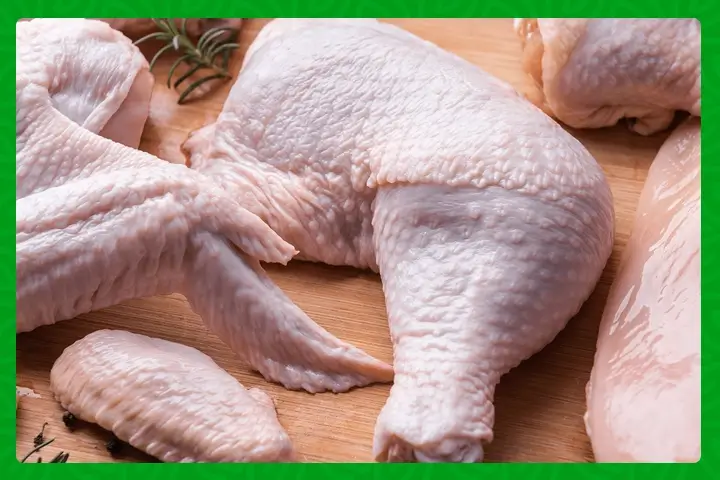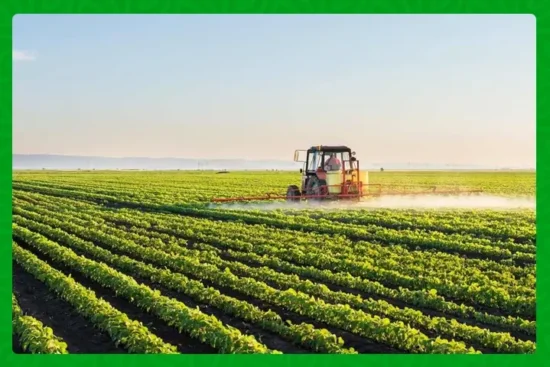
Namibia’s poultry sector is quietly reshaping the country’s food landscape. By the end of September 2025 local processors had slaughtered 14.4 million chickens, a clear sign that the industry is scaling up to meet domestic demand and to deepen its presence in regional markets. That figure represents more than a statistic. It is proof that focused investment, improved hatchery performance, and farmer professionalism are starting to pay off for producers and consumers alike.
From backyard coops to commercial farms
What once was predominantly backyard production has been moving into organised commercial operations. Regions such as Erongo, Khomas, and Otjozondjupa are now home to larger farms, better hatcheries, and more structured value chains. The result is steadier supply on shop shelves and more consistent jobs for farm workers, transporters, and processors. Consumers benefit from fresher, locally produced chicken, while rural communities see poultry become a reliable source of income.
Exports point to growing regional confidence
Namibia’s producers are not only serving local plates. Between January and September the country exported about 893,782 kilograms of processed chicken products, valued at approximately US$2.2 million. Zambia bought the lion’s share at 59.2 percent of exports, with Botswana, South Africa, and Zimbabwe taking notable portions as well. These numbers show that Namibian poultry is gaining acceptance in Southern African markets and that regional trade could become an engine of growth for the sector.
Imports remain a reality, but the gap is narrowing
Despite the gains in local production, Namibia still imports poultry to meet total demand. By September, imports amounted to roughly 15.9 million kilograms, mostly from South Africa. That reliance on imports underscores persistent gaps in feed manufacturing, hatchery capacity, and meat processing. But there are signs of structural improvement. For example, imports of day old chicks from South Africa plunged by 79.4 percent from 62,150 in August to 12,800 in September, a drop industry experts attribute to rising hatchery performance at home. If that trend continues it will reduce import dependence and keep more value inside the local economy.
What is driving the poultry surge
Several practical forces are converging to push production higher. Private investment in agribusiness has upgraded hatcheries and processing facilities. Government programmes and farmer training have improved biosecurity and husbandry. And producers are adopting better feed management and flock management practices. The combined effect is greater efficiency, fewer losses, and higher throughput at abattoirs.
Yet the sector’s progress is not uniform. Namibia must still tackle feed supply bottlenecks and invest in cold chain logistics and processing scale. Addressing those constraints will be essential if domestic output is to match or outstrip imports over the long term.
How poultry compares to other livestock segments
While poultry is expanding, other livestock markets have faced challenges. The sheep sector, for example, showed a marked contraction in September, with only 30,242 sheep marketed, a decline of about 31.3 percent from the previous year. Drought, price instability, and lower demand have weighed on small stock sellers. These contrasting fortunes underline poultry’s potential as one of the more resilient and scalable livestock activities in the Namibian agricultural mix.
Practical steps to lock in gains
To convert current momentum into sustained growth, stakeholders should focus on practical, near term actions:
• Grow local feed production and reduce the country’s dependence on imported feed ingredients.
• Support hatchery expansion and quality control so day old chick imports continue to fall.
• Invest in cold chain and slaughter capacity so processors can keep up with rising flock sizes.
• Strengthen veterinary services and extension so disease risk and mortality remain low.
• Facilitate export compliance and trade links in SADC to expand markets for processed chicken.
These moves will not only improve food security but will also keep more of the poultry value chain inside Namibia, creating jobs from farm gate to export dock.
Why this matters for households and the economy
For everyday consumers more local production can mean fresher meat and steadier prices. For farmers and agribusinesses it means new business opportunities and a pathway to formal markets. At the national level, reducing import dependency saves foreign exchange and builds resilience against cross border supply shocks. In short, poultry is proving to be a pragmatic lever for rural incomes and national food stability.
The next six months will be telling
The dramatic reduction in imported day old chicks suggests the sector is maturing quickly. If hatcheries continue to expand and feed constraints are eased, the remainder of 2025 could show further declines in poultry imports and a stronger export pipeline into neighbouring countries. That scenario would confirm that Namibia is not merely substituting imported birds but is building a genuine, export ready poultry industry.
Stay updated with the latest farming tips and agriculture industry news from Africa by subscribing to our newsletter. Don’t miss out on valuable insights and updates. Follow us on Twitter, LinkedIn, and Facebook to join our farming community and stay connected with us.


















